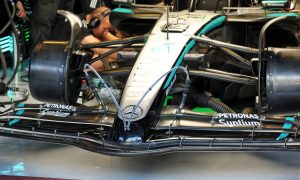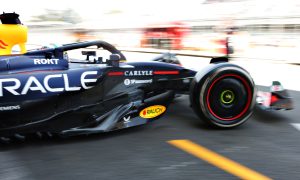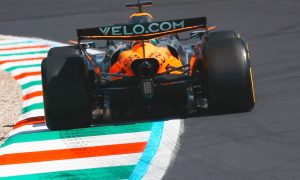
Save for McLaren, all teams implemented upgrades for this weekend’s round of racing at the Hungaroring, but Red Bull and Aston introduced more than their fair share of changes.
At the mid-point of the 2024 season and ahead of F1’s summer break, development is typically in full swing.
However, many of the team’s tweaks are also circuit specific as everyone adapts their designs to the track’s high-downforce environment while cooling is also a factor addressed by competitors.
Championship leader Max Verstappen is putting a lot of faith in Red Bull’s new package, insisting that it will determine his team’s fortunes in the back-half of its campaign.
The RB20 features revisions to the coke/engine cover, resculpted sidepods and a reworked engine cover featuring a revised central exit and louvre exits enhancing airflow, improving cooling efficiency in high ambient temperatures.
The Halo fairings near the rear have also been adjusted to seamlessly integrate with the modified top bodywork, ensuring a smooth airflow transition.
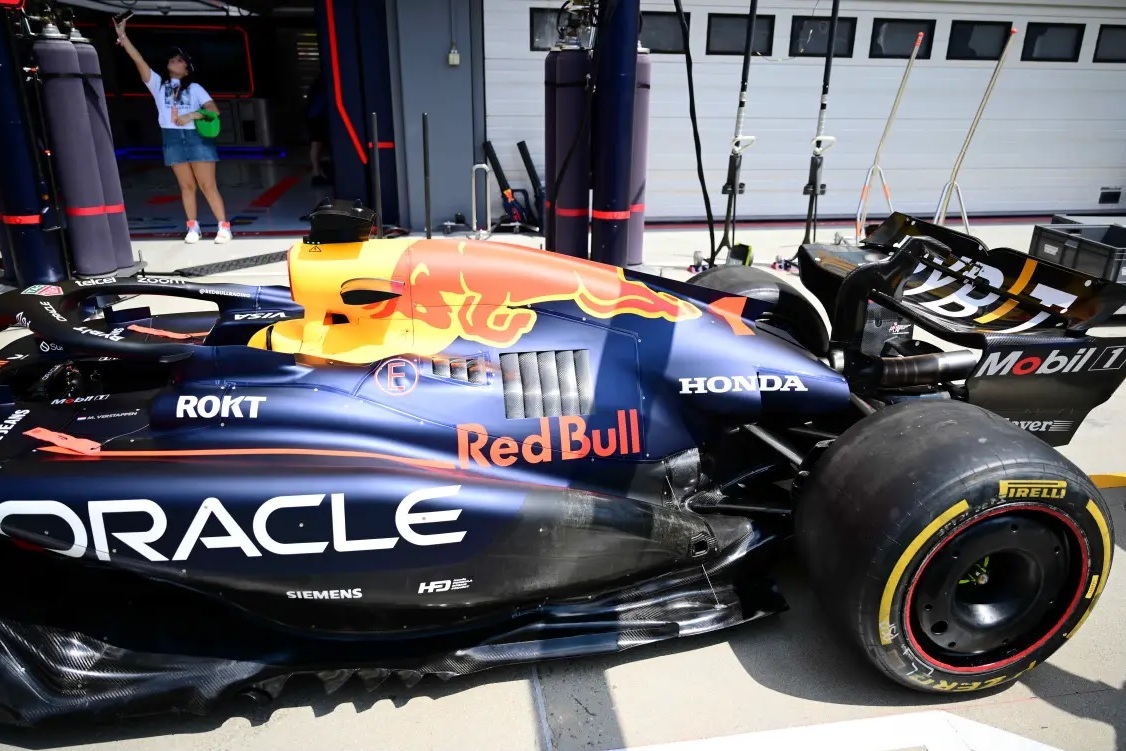
Picture courtesy of Formu1a.uno.
On the performance side, the team has optimized the rear corner bodywork to improve brake and caliper cooling by influencing the intake pressure. The front wing benefits from knowledge gleaned from previous designs.
All four elements boast revised profiles that generate more downforce without disrupting airflow stability or impacting downstream components.
Finally, the shroud on the front lower wishbone's forward leg has been further optimized to create higher pressure downstream, likely contributing to an overall aerodynamic performance boost.
In essence, Red Bull's upgrade package is a two-pronged attack, aiming to maintain strong performance while effectively managing the heat generated at the demanding Hungaroring.
At Mercedes, a tweaked rear corner aims to boost downforce. By trimming the lower deflector endplate, air flow loss is reduced, effectively increasing downforce generation across various car ride heights.
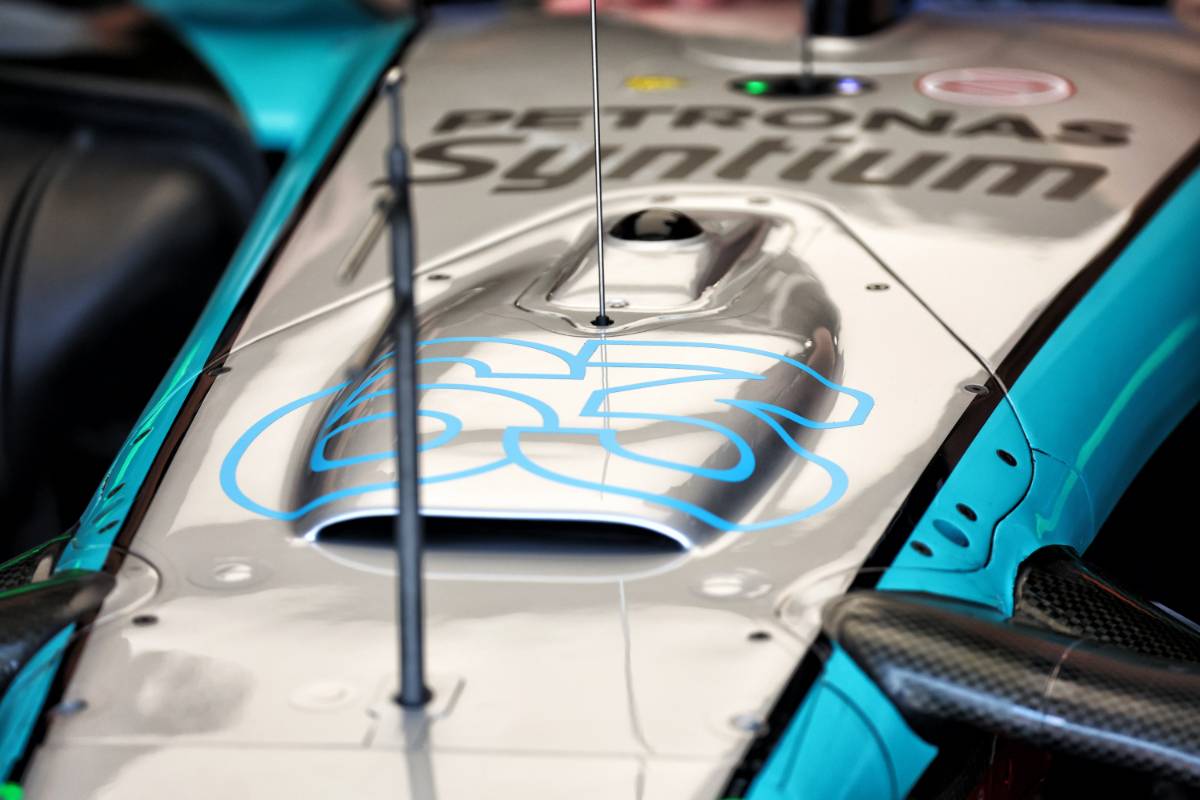
Ferrari brings a minor upgrade to their Hungarian GP floor. Building on the Spanish GP update, this tweak refines the floor underbody's geometry for improved airflow and consistent downforce generation across various car behavior scenarios.
Aston Martin arrived at the Hungarian Grand Prix with a substantial upgrade package covering its car from front to rear and aimed at boosting downforce and achieving better car balance. Their focus is on various aerodynamic elements working in concert.
A new, more aggressive flap adorns the front wing, generating increased downforce to complement the higher-loaded rear wing specifically chosen for this track. Meanwhile, revised vanes around the Halo improve airflow control, managing low-energy airflow in the cockpit area.
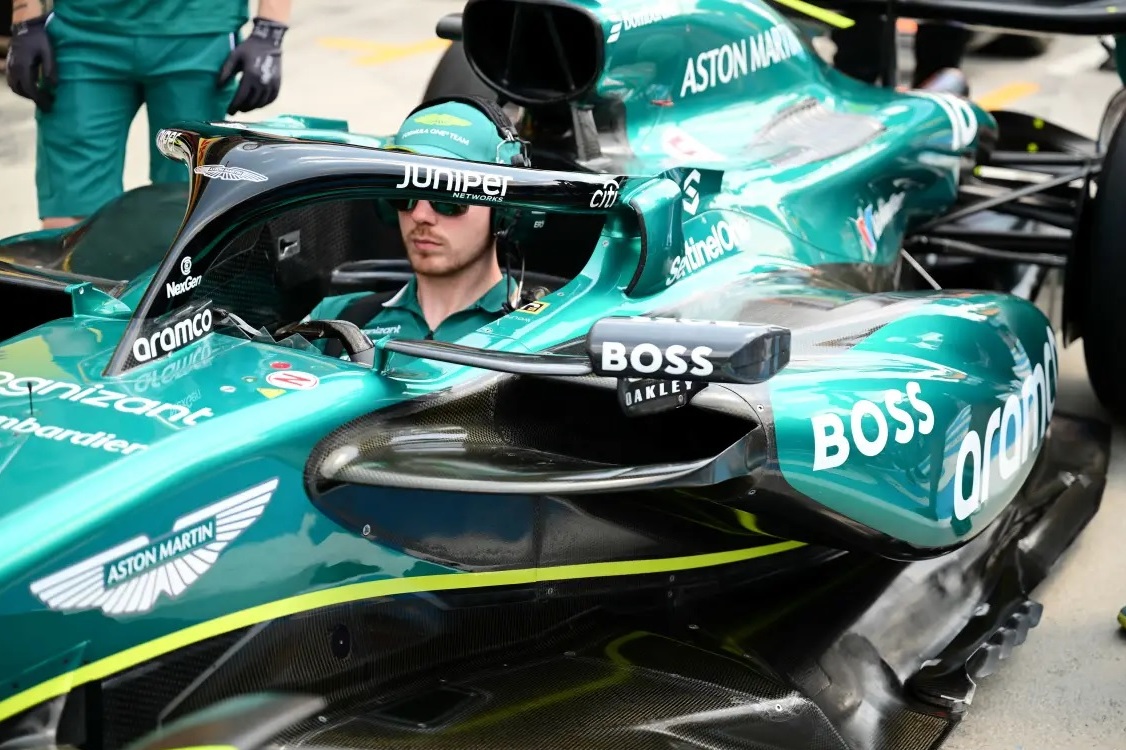
Picture courtesy of Formu1a.uno.
The underfloor has received a comprehensive overhaul, with optimizations to the floor body, fences, and edge. These revisions work together to enhance airflow and generate more downforce on the car's underside.
A slightly modified diffuser shape featuring a "boat surface" is another key upgrade. This tweak improves flow characteristics and increases downforce generated by the diffuser. Finally, the second element of the beam wing is raised outboard, altering the balance between downforce generated by the floor and rear wing for improved overall performance.
Alpine has focused on thermal management with a new rear corner design. This upgrade features wider inlet and exit ducts, allowing for increased airflow and better control over rear brake temperatures – crucial for the demanding Hungarian circuit.
To combat this weekend’s high temperatures at Budapest, Williams has developed a new, physically larger central exit duct for the engine cover. This option allows for increased airflow through the cooling system, effectively prioritizing power unit and gearbox temperature management at the expense of downforce and drag. The team will decide on using this upgrade based on race day conditions.

Haas is relying on a two-part cooling upgrade for the Hungarian heat. A wider engine cover exit allows for more efficient heat rejection, with minimal aerodynamic penalty. Additionally, the team has the option to add louvres on the sidepod top and engine cover for further temperature control.
RB arrives in Hungary with a two-pronged upgrade package. Revised internal ducting in the front corners improves brake cooling by ensuring optimal airflow distribution. Additionally, updated rear corner winglets generate more downforce, strategically chosen for the high-downforce demands of the Hungarian circuit.
Sauber has approached its Hungarian weekend with a comprehensive airflow and downforce upgrade. A revised sidepod inlet and redesigned engine cover work together to improve airflow down the sides of its C44 car, benefiting the floor and rear. The floor itself is reworked for better downforce generation while maintaining good flow.
At the rear, a new suite of brake ducts, deflectors, and suspension fairings work in harmony with the revised bodywork and floor for a performance boost. New rear fairings further enhance airflow, ensuring a clean flow for the rear.
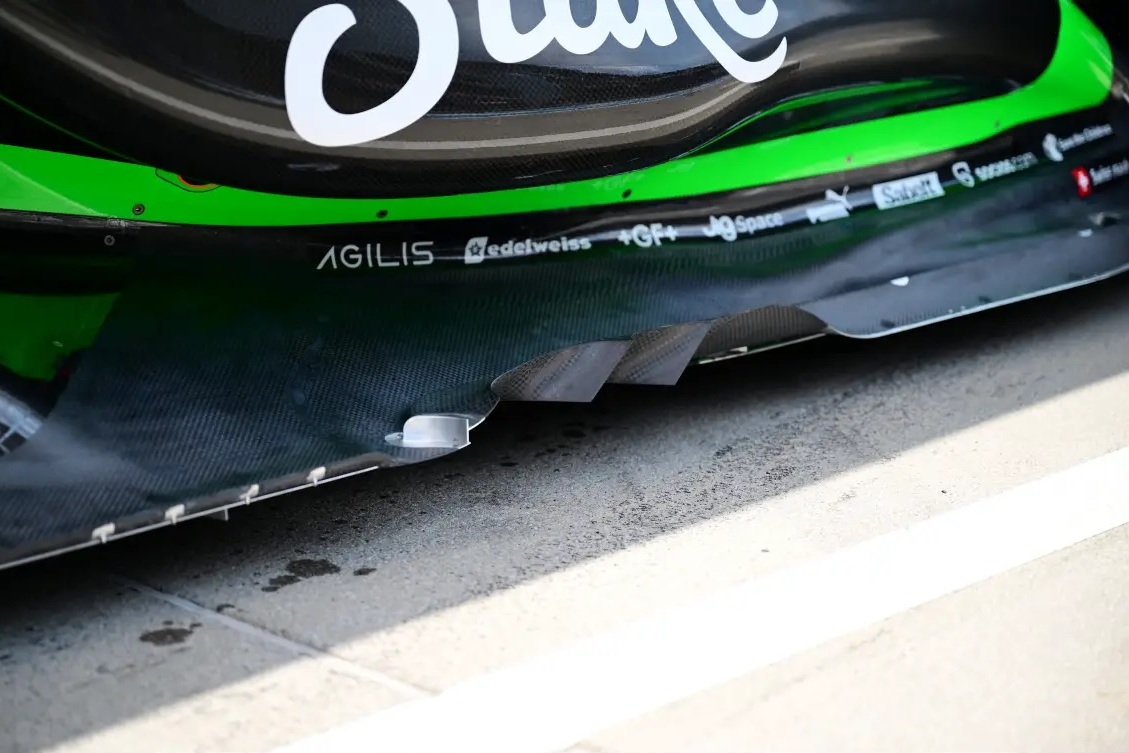
Picture courtesy of Formu1a.uno.
Keep up to date with all the F1 news via Facebook and Twitter




